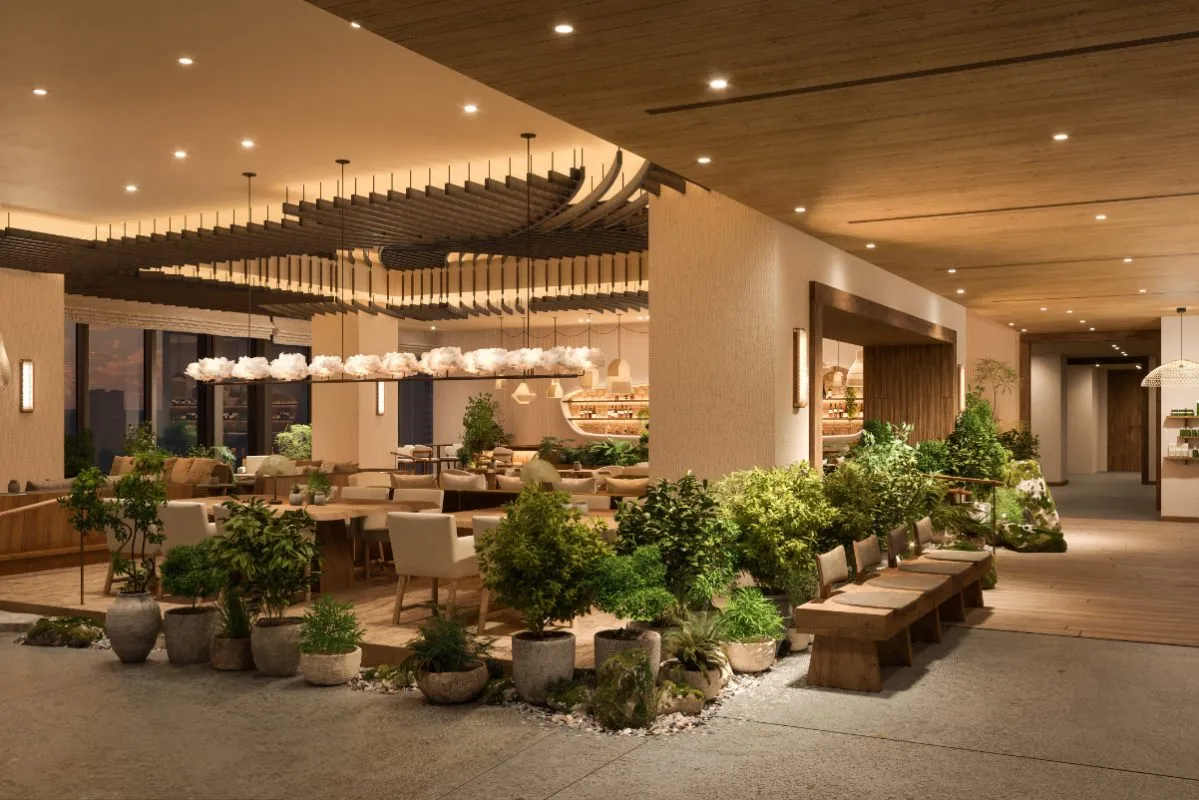Travel Advisors Promote Aboriginal Tourism in Australia

Skift Take
Visitor interest in Australia’s aboriginal culture is rising steadily and so are the ways for travel advisors to offer clients opportunities to explore the country’s unique indigenous experiences.
Tourism Australia, the national tourism promotion agency, recognizes the potential for indigenous travel experiences to “set Australia apart from other destinations across the globe in an increasingly competitive global travel market” and is actively promoting this segment.
According to Australian government statistics, the number of indigenous cultural tourism visitors has surged by an average 9 percent per year since 2013, reaching 963,000 last year. Authorities define these visitors as those who “participate in at least one indigenous tourism activity during their trip.”
While the growth is impressive, it's still a small component in Australia's overall tourism market, which last year accounted for 9.2 million international visitors.
Tourism officials and travel advisors promoting these itineraries, however, need to ensure that the trips are not only respectful of indigenous cultures but also remain authentic without promoting stereotypes. That can be a tough balancing act.
Discover Aboriginal Experiences
Tourism Australia has a dedicated program, Discover Aboriginal Experiences, to promote Australia’s indigenous tourism experiences to the international travel market, said managing director John O’Sullivan. The program comprises 43 export-ready tourism businesses, offering more than 130 different experiences around Australia.
Through the array of activities and tours offered through Discover Aboriginal Experiences, visitors can taste bush tucker, experience the healing powers of nature, discover ancient rock art, take a dot painting class, or enjoy outback dining under the stars.
“These experiences are all authentic and guided by aboriginal people sharing their stories to bring the landscape and their culture to life,” O’Sullivan said.
Apart from the obvious success measures of visitor numbers and economic turnover from aboriginal cultural tourism, there are social benefits for communities that comes with preserving and maintaining unique cultures in a living context, he added.
Tourism Australia’s ongoing efforts to raise awareness of the country’s unique cultural experiences include an international familiarization trip this month showcasing indigenous cultural experiences. Along with Discover Aboriginal Experiences, sponsors include five key inbound tour operators, AOT, Goway Travel, Southern World Vacations, Southern Crossings, and Alquemie.
The tourism organization also actively promotes Discover Aboriginal Experiences through a range of trade, marketing, and distribution activities and resources, including fact sheets, an extensive collection of images and videos that can be downloaded free of charge, and training modules to help educate travel advisors.
Advisor Sees Growing Demand
Sharon Tidbury, president of New York City-based Australian travel specialist Aspire Down Under, told Skift her agency is experiencing a “definite interest for an aboriginal experience as part of an overall itinerary to Australia by our travelers alongside iconic landmarks and wildlife encounters.”
Tidbury estimated that 70 percent of her agency’s bookings include an aboriginal cultural touring experience, and this aspect has increased over time “as aboriginal cultural offerings have increased and become more prominent.” In-demand features include aboriginal guides and small group tours of Uluru (Ayers Rock).
According to the Australian Department of Foreign Affairs and Trade, aboriginal art, craft, or cultural displays are the most popular activity among indigenous tourism visitors. The latest analysis shows that 47 percent of international visitors saw an art, craft, or cultural display, 29 percent attended a dance or theater performance, 27 percent visited a cultural center, 25 percent a gallery, and 21 percent a site or community during their indigenous-focused holidays.
State and National Support
Tidbury said Aspire Down Under appreciates support it receives from Tourism Australia through the Indigenous Champions program, which has assisted in bringing more aboriginal-owned companies to the international market and providing training for their unique tour offerings.
She also praised the “excellent job” done by Australia’s state tourism organizations based in the USA. These continue to highlight the unique aboriginal cultural offerings specific to their states.
Each of Australia’s state and territory governments promotes its own indigenous tourism experiences internationally.
The most populous state, New South Wales, promotes aboriginal tourism through its Aboriginal Tourism Action Plan, designed to support the development of indigenous tourism experiences, products, and businesses. Specifically the plan aims to ensure a greater understanding of the richness of aboriginal culture and to bring economic and social benefits for aboriginal operators and employees in the tourism sector.
In the state of Queensland, Tourism and Events Queensland focuses on “driving demand through efforts in indigenous tourism experience development and marketing,” according to its mandate. This includes working in partnership with government and the private sector to create an environment conducive to stimulating indigenous tourism product and event development, tangible business growth opportunities for existing operators, and expanded employment opportunities across the industry.
The Northern Territory, which includes the Red Centre and the Uluru cultural icon, last month introduced a new Aboriginal Tourism Strategic Plan “to guide the strategies and actions for a dedicated focus on the development of the aboriginal tourism sector in the Northern Territory," according to officials.
With aboriginal ownership of approximately 50 percent of land and around 84 percent of the coastline in the Northern Territory, there is a wealth of opportunity to provide visitors with aboriginal tourism experiences, the plan noted.
“Research indicates that there is a gap between the market demand for and supply of aboriginal cultural experiences in the NT, despite market perceptions that the Northern Territory is the foremost provider of aboriginal cultural experiences in Australia,” it stated.
Outreach to Advisors
For its part, Tourism Australia will continue working through its Aussie Specialist Training program, which has 32,000 registered travel advisors, to promote “Australia’s rich and diverse aboriginal tourism experiences, and shares an insight into aboriginal culture, including key destinations, suggested itineraries, and fact sheets,” said O’Sullivan.
In addition Tourism Australia will also use its annual business-to-business trade events, the largest of which, the Australian Tourism Exchange, brings together around 2,000 international delegates, to flag opportunities for indigenous tourism.




